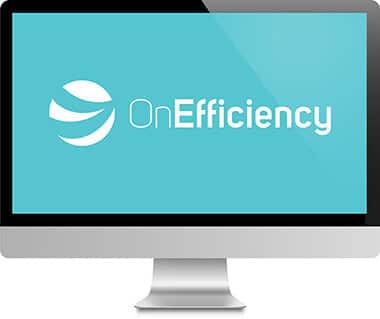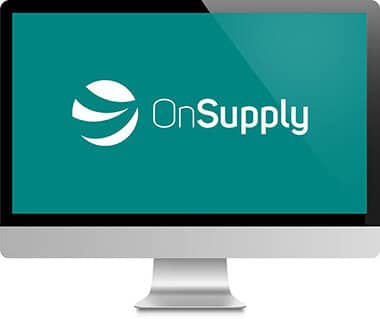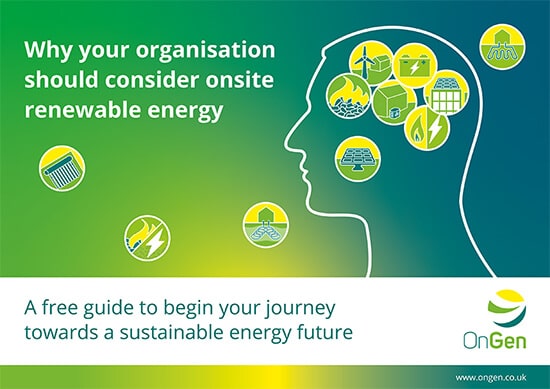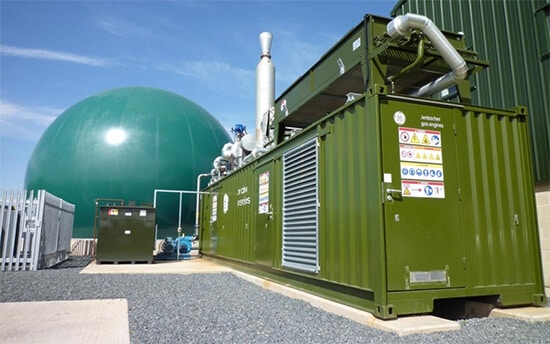Biomass Boiler Heating

What is Biomass Boiler Heating?
The term biomass covers all plant and animal material, although wood is the most common material used. Biomass has the advantage that it can be grown, stored and transported and although it does emit carbon dioxide when burnt, it is considered close to carbon-neutral because the amount of carbon emitted when it is burnt is the same as that absorbed during growth.
Biomass heating can be used for space heating and domestic hot water. Its fuel sources include wood from forests, urban tree pruning, farmed coppices and farm and factory waste. Fuel for biomass generation can now be commercially sourced in the form of wood chips, pellets, and traditional logs.
Biomass heating can be used for space heating and domestic hot water. Its fuel sources include wood from forests, urban tree pruning, farmed coppices and farm and factory waste. Fuel for biomass generation can now be commercially sourced in the form of wood chips, pellets, and traditional logs.
How do Biomass Boilers work?
Biomass boilers work in a similar way to conventional boilers: combusting fuel to heat water which is then circulated to provide heating to the site.
There are three main types of biomass boilers: low-temperature hot water, high temperature hot water and steam. Low temperature hot water boilers are mostly used as replacement for fossil fuel boilers in commercial buildings and homes where multiple buildings are connected to the same boiler or where there is constant heat demand. Low temperature hot water boilers are the most common option.
High temperature systems, such as log boilers, are gasifying batch boilers. They operate at much higher temperatures, gasifying the logs and increasing efficiency to over 90%. Log boilers have a burning chamber that requires logs of equal lengths and thickness to be loaded in and then the door is closed for the duration of the burn. Log boilers need to be manually loaded which can be a labour-intensive task and ash will normally need to be emptied monthly.
There are three main types of biomass boilers: low-temperature hot water, high temperature hot water and steam. Low temperature hot water boilers are mostly used as replacement for fossil fuel boilers in commercial buildings and homes where multiple buildings are connected to the same boiler or where there is constant heat demand. Low temperature hot water boilers are the most common option.
High temperature systems, such as log boilers, are gasifying batch boilers. They operate at much higher temperatures, gasifying the logs and increasing efficiency to over 90%. Log boilers have a burning chamber that requires logs of equal lengths and thickness to be loaded in and then the door is closed for the duration of the burn. Log boilers need to be manually loaded which can be a labour-intensive task and ash will normally need to be emptied monthly.
How are Biomass Boilers applied to a building?
Biomass boilers need to have access to a reliable fuel supply, like a managed woodland or sawmill, as well as the ability for vehicles to deliver the fuel to the site. It is important that the fuel provided is of high quality with a low moisture content (ideally less than 20%) to achieve the best results. Space is also a consideration, as the site will not only need space for the boiler, but also for the fuel.
Biomass boilers are normally substantially bigger than conventional boilers as they burn wood pellets instead of gas, so the boiler needs to be larger to hold the larger volume of fuel. Also, you may wish to install an automatic feed hopper, which will require additional room. This hopper stores a large volume of the wood pellets that are then automatically fed into the boiler as required, meaning that the boiler needs to be refueled very infrequently. It is also a good idea to have a store of the wood pellets so you can keep producing heat if there is an issue with your fuel supplier. Every few days, ash from the biomass boiler will need to be emptied which can then be composted.
Wood biomass systems do not respond well to varying loads or long periods of low load. Therefore, to get the best out of the system it should be operated relatively continuously between 30% and 100% of its rated output. The correct sizing of a wood biomass system is essential in helping reduce waste, cost and providing a comfortable environment. The sizing of an appropriate boiler should be carried out by a qualified heating engineer.
Biomass boilers are normally substantially bigger than conventional boilers as they burn wood pellets instead of gas, so the boiler needs to be larger to hold the larger volume of fuel. Also, you may wish to install an automatic feed hopper, which will require additional room. This hopper stores a large volume of the wood pellets that are then automatically fed into the boiler as required, meaning that the boiler needs to be refueled very infrequently. It is also a good idea to have a store of the wood pellets so you can keep producing heat if there is an issue with your fuel supplier. Every few days, ash from the biomass boiler will need to be emptied which can then be composted.
Wood biomass systems do not respond well to varying loads or long periods of low load. Therefore, to get the best out of the system it should be operated relatively continuously between 30% and 100% of its rated output. The correct sizing of a wood biomass system is essential in helping reduce waste, cost and providing a comfortable environment. The sizing of an appropriate boiler should be carried out by a qualified heating engineer.
The three-step process to net zero energy
OnGen offers a three-step process through OnGen Expert, OnEfficiency & OnSupply. Steps can be done holistically or separately.

Step 1:
Reduce energy consumption:
With OnEfficiency, we can help you identify where and what you can do to reduce energy consumption and improve energy efficiency.
By becoming more energy efficient, carbon emissions for your organisation will begin to reduce, along with the cost of energy.
By becoming more energy efficient, carbon emissions for your organisation will begin to reduce, along with the cost of energy.

Step 2:
Consider onsite renewable energy and battery storage:
With the OnGen Expert, we can help you explore the feasibility of generating and storing your own energy via a range of onsite renewable energy generation sources, like solar PV and heat pumps.
Switching to generating renewable energy onsite reduces the demand for grid-supplied energy, lowering the cost of energy bills, gaining resilience to grid fluctuations and reducing carbon emissions.
Switching to generating renewable energy onsite reduces the demand for grid-supplied energy, lowering the cost of energy bills, gaining resilience to grid fluctuations and reducing carbon emissions.

Step 3:
Switch to zero-carbon energy suppliers:
With OnSupply, we can help you find the cheapest green energy tariffs for any grid-supplied gas and electricity demand.
Eliminate the remaining energy-related carbon emissions for your organisation.
Eliminate the remaining energy-related carbon emissions for your organisation.
Your organisation will be assigned a dedicated account manager, who will offer training support and guidance. Additionally, if your organisation is struggling for time, the Managed Service, where assessments are conducted by the OnGen team on your behalf, can be a great option.

Talk to one of our team
Book a 20-minute conversation to discuss how we can help you by providing the right information, to make the right decisions.


Download our free Renewable Energy Guide
Case Study
“By assessing solar capability using the OnGen Expert software, we have been able to identify 4,000 tonnes of potential carbon savings in our city-centre building stock. OnGen has made it simple and easy for us to demonstrate potential energy costs savings of £2.9 million across the lifetime of potential onsite renewable installations. The OnGen Expert software has shown us the potential of onsite generation at a fraction of the cost of traditional assessments/consultants.”
NEYH
Book a conversation with OnGen today
Interested in finding out more information? Set up a meeting with a member of our team to discuss how we can help you.









